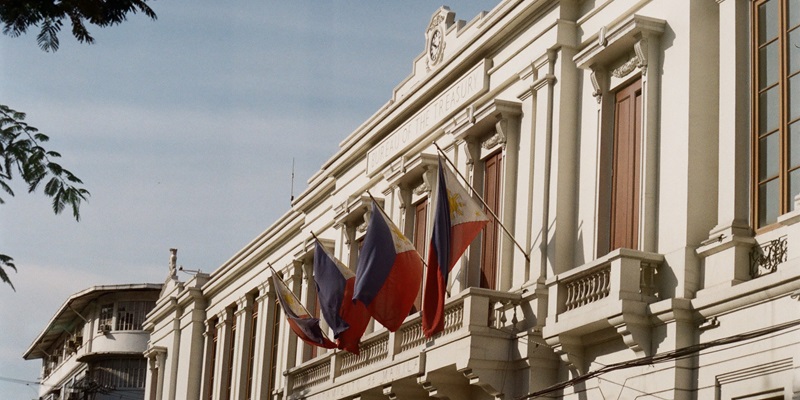The Philippines is embracing the digital financial arena, leading the way in Southeast Asia’s adoption of blockchain technology and digital currency. A key driver in this transformation is the collaborative effort between the Bureau of the Treasury and the Central Bank of the Philippines. Together, they are paving the path for a digital revolution in the country’s financial sector.
Tokenization of Treasury Bonds
As a significant milestone, the Philippines successfully raised 15 billion pesos (approximately $271 million) through its inaugural tokenized Treasury bonds. This achievement highlights the country’s commitment to integrating blockchain technology and digital currency into its financial systems. Tokenizing the bonds not only streamlined the fundraising process but also opened up new avenues for investment opportunities and increased transparency.
Collaboration with Paxos Trust Company
To further the adoption of digital currency, Coins.ph, a leading cryptocurrency exchange in the Philippines, has formed a strategic partnership with Paxos Trust Company. Together, they aim to enhance the use of PayPal USD (PYUSD) for cross-border transactions. This collaboration offers Filipinos a more seamless and secure way to manage cross-border remittances. By leveraging digital currencies, individuals can experience faster and cheaper transactions, bypassing traditional banking intermediaries.
Positioning the Philippines at the Forefront
The Philippines’ journey towards integrating blockchain technology and digital currencies exemplifies its focus on technological innovation and modernization. With this progressive approach, the country is positioning itself as a frontrunner in digital finance within Southeast Asia. By embracing emerging technologies, the Philippines has set a precedent for enhancing financial services and transforming public administration processes.
Incorporating Digital Currency in Government Securities
The collaboration between the Bureau of the Treasury and the Central Bank of the Philippines seeks to incorporate digital currency in the sale of government securities. This move opens up avenues for increased efficiency, transparency, and accessibility in the government bond market. By digitizing and tokenizing government securities, the Philippines can attract a broader range of investors while ensuring a more secure and efficient transaction process.
Leveraging the Distributed Ledger Technology Registry
The successful tokenized Treasury bonds sale capitalized on the Distributed Ledger Technology (DLT) Registry. This registry serves as a secure and immutable ledger that operates via blockchain technology. By utilizing this DLT Registry, the Philippines ensures the traceability and tamper-proof nature of transactions. The incorporation of emerging technologies in financial services, such as blockchain and the DLT Registry, strengthens the country’s financial ecosystem and paves the way for future digital advancements.
Enhancing Financial Services and Public Administration
The Philippines’ embrace of emerging technologies creates exciting opportunities to enhance financial services and revolutionize public administration. By adopting blockchain and digital currencies, the country can streamline payment systems, reduce transaction costs, increase financial inclusion, and improve the efficiency of government processes. This modernization enables Filipinos to access new financial services and contributes to the overall growth and development of the nation.
The Philippines’ proactive approach to digital finance sets a shining example in Southeast Asia. By collaborating with key stakeholders, implementing the tokenization of Treasury bonds, harnessing partnerships with industry leaders like Paxos Trust Company, and leveraging the power of blockchain technology, the country is paving the way for a digitally-enabled financial future. As the Philippines continues to adopt emerging technologies, it strengthens its position as a leader in digital finance, transforming financial services and public administration for the better.

